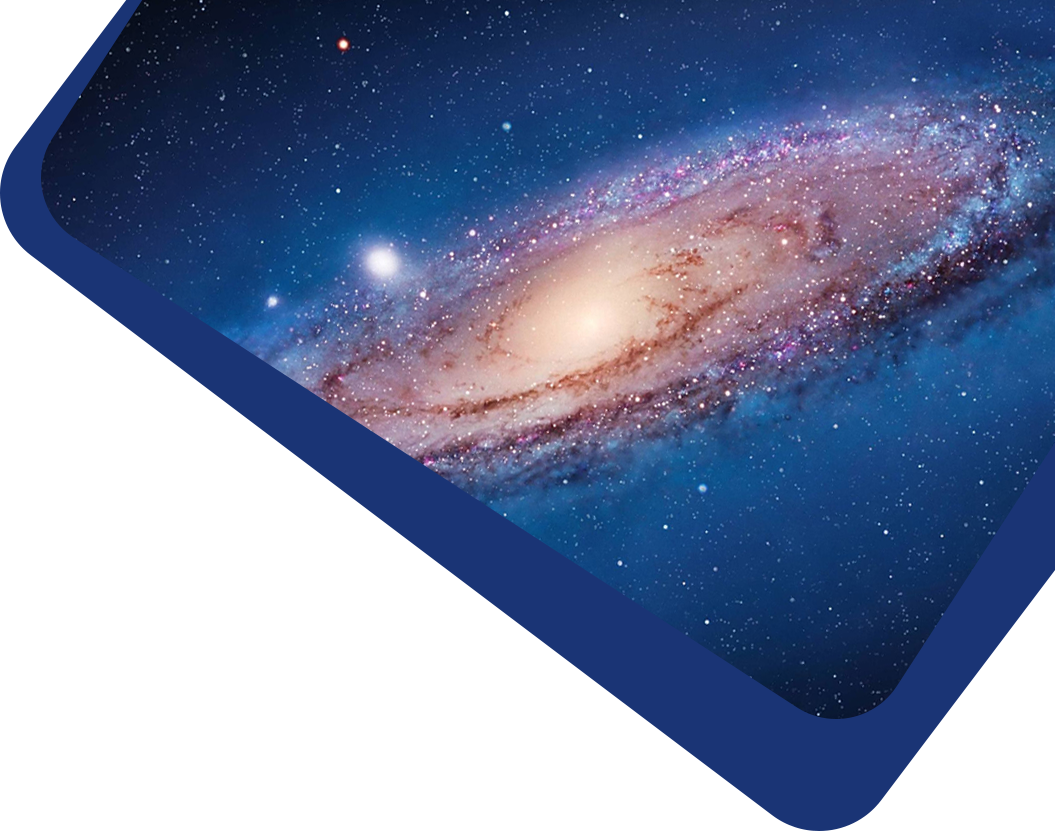Al-Wardat’s method is used in this research to analyze the two components of the HD 25811 binary system, which combines the results of speckle interferometry with the astrometric data to construct the synthetic spectral energy distribution of the system. The method results in the effective temperatures at 7100 ± 50 K for component A and 7000 ± 50 K for component B, while their masses measure as 1.65 ± 0.15 M⊙ for component A and 1.58 ± 0.14 M⊙ for component B. The system exists at an estimated age of 0.794 Gyr, while both stars remain in their initial subgiant evolutionary phase. The evolutionary tracks together with isochrones for Z = 0.03 validate that the system components share both their origin and chemical compositions. The orbital analysis shows that the system has a period of 15.97 yr and an eccentricity of 0.713, while the total system mass amounts to 3.65 ± 0.49 M⊙. We detailedly analyze the system’s orbital dynamics to assess planetary stability and habitability zones, which lead to the dynamics of circumbinary (P-type) and circumstellar (S-type) orbits using empirical criteria, revealing large regions in which planetary orbits remain dynamically stable. Luminosities and effective temperatures of each stellar component are used to determine their habitable zones.



